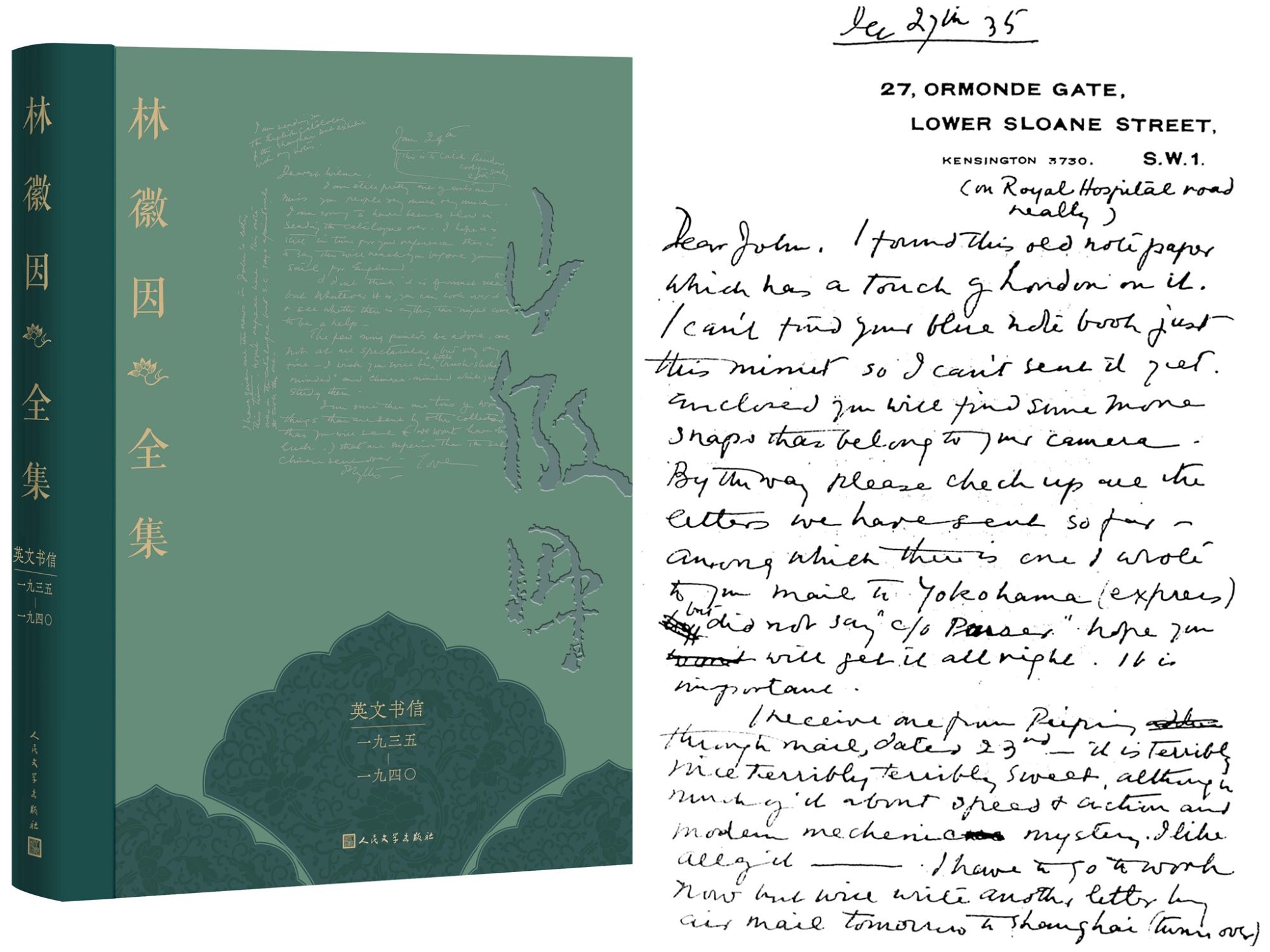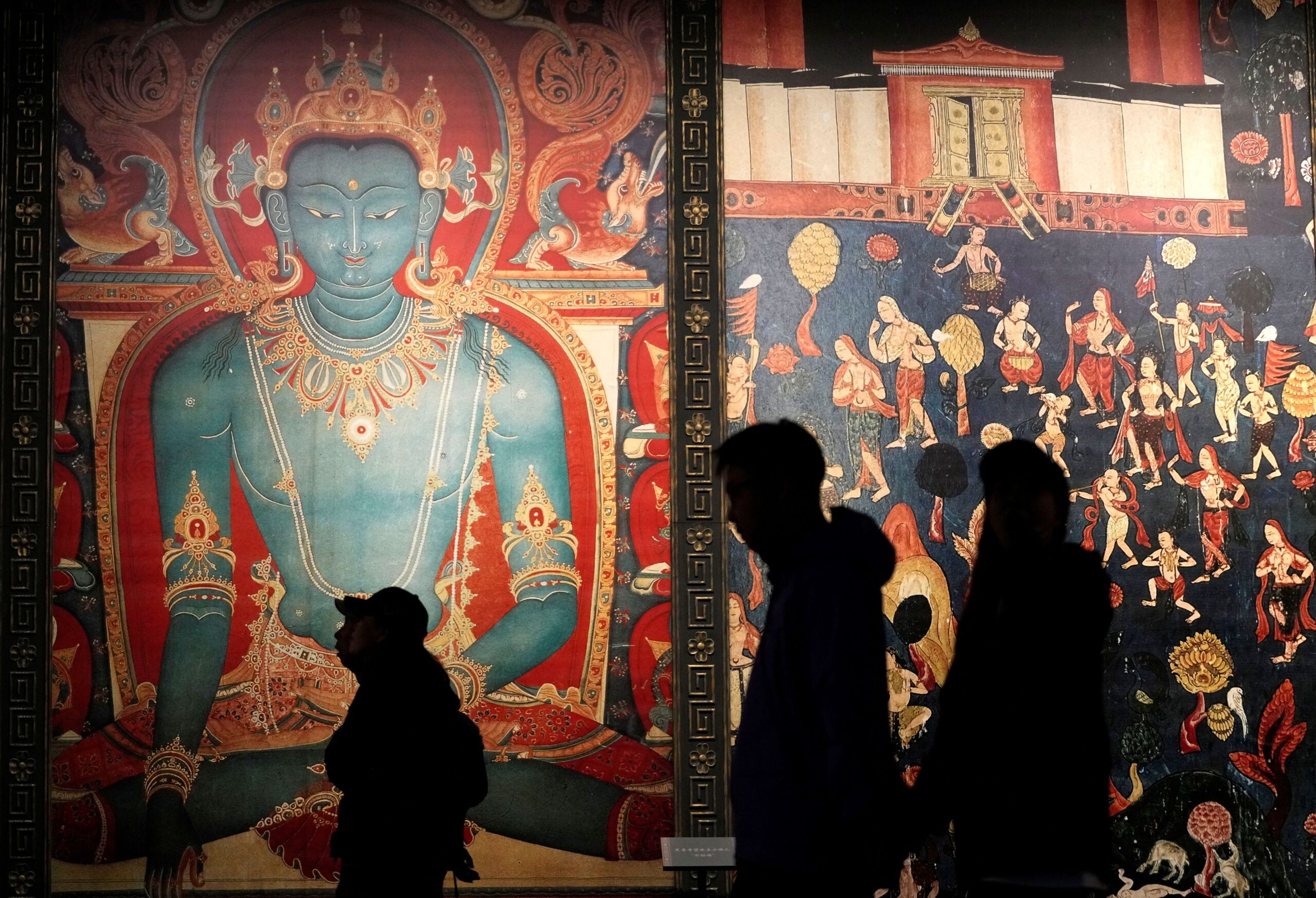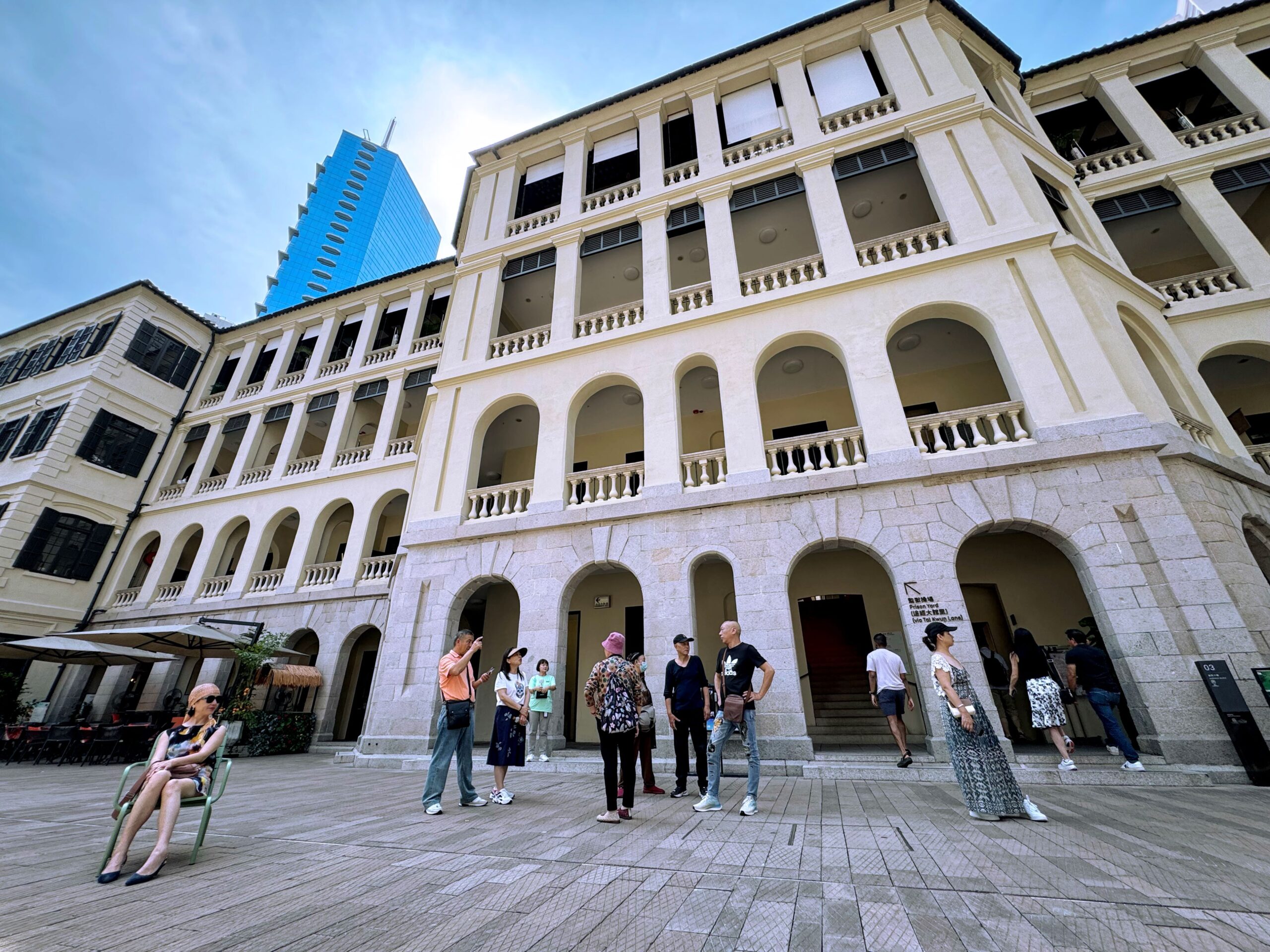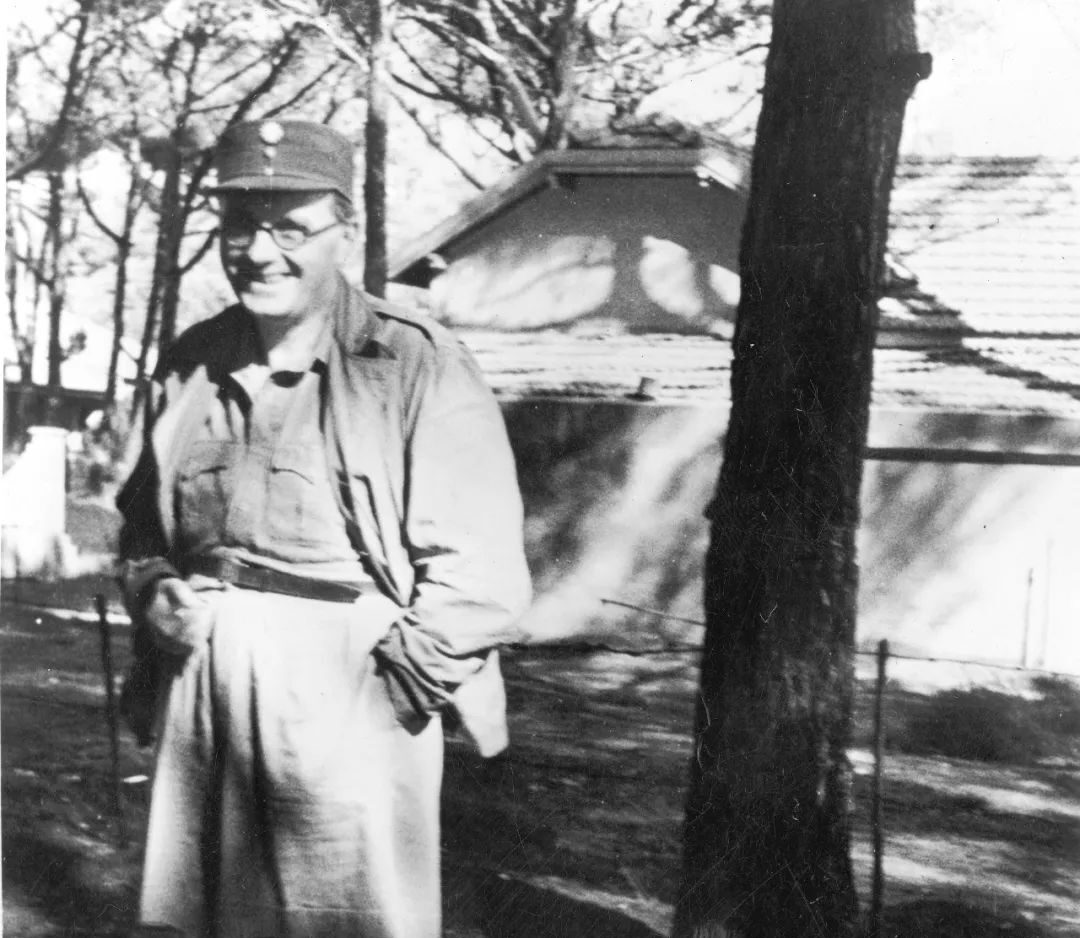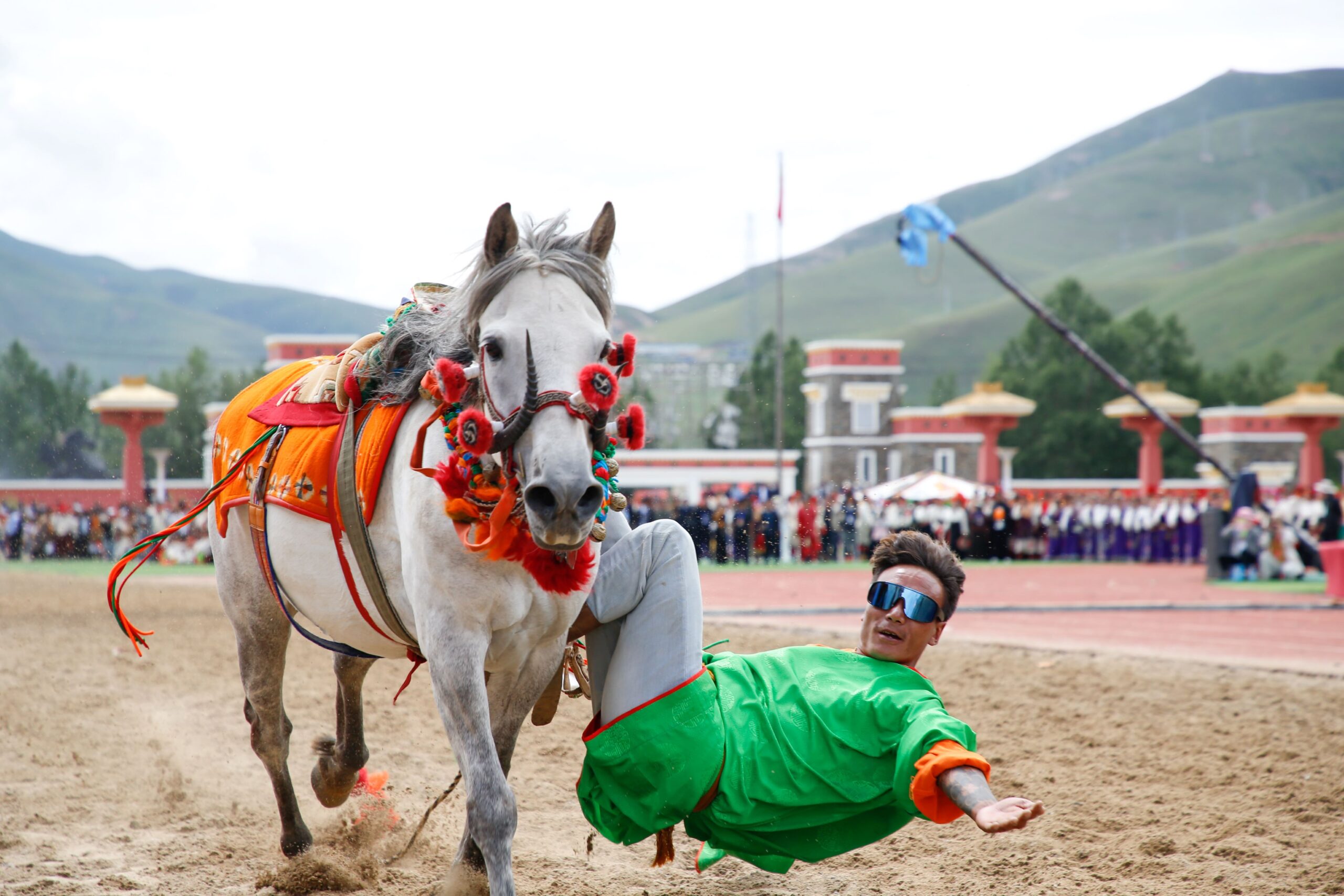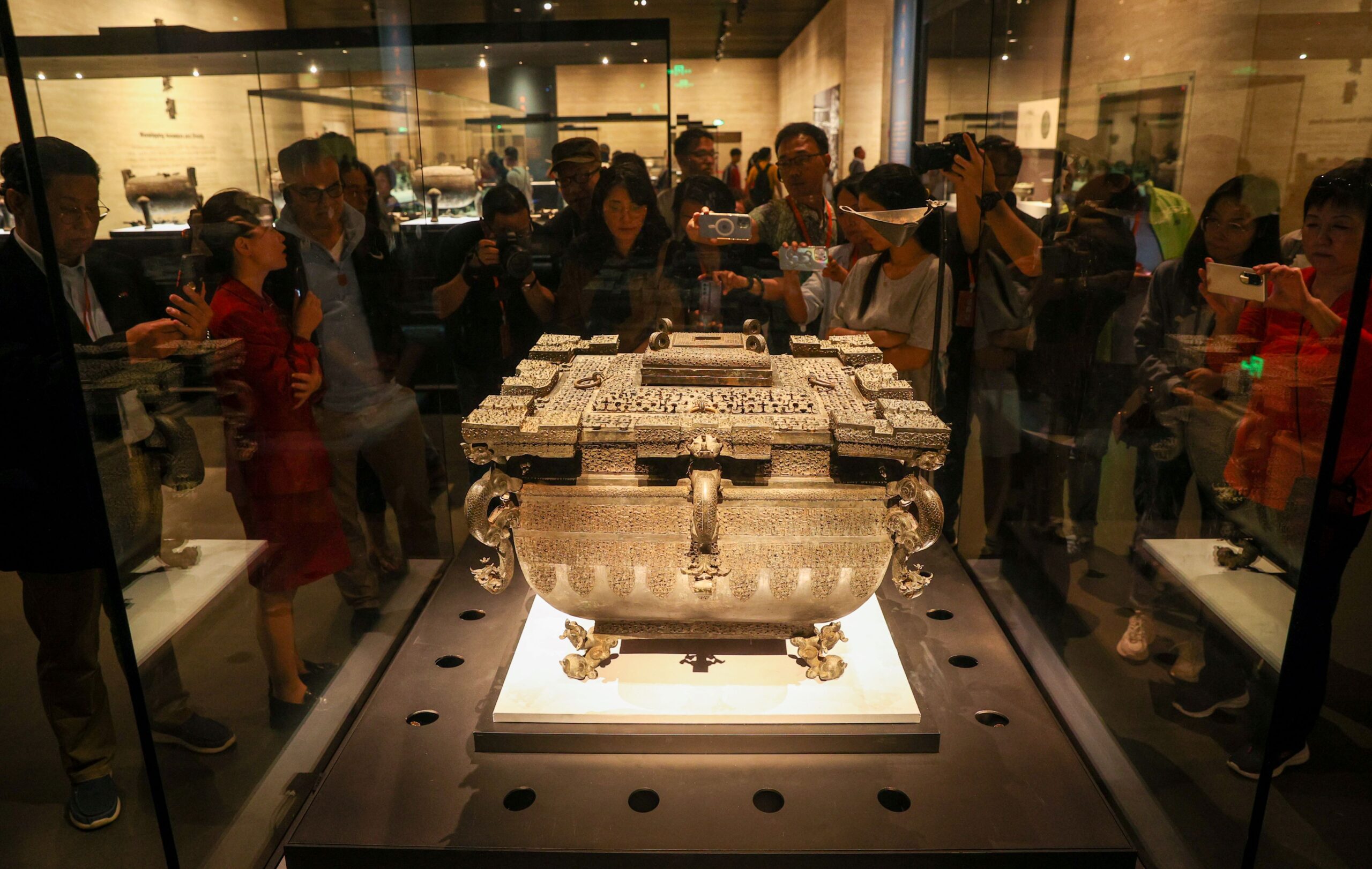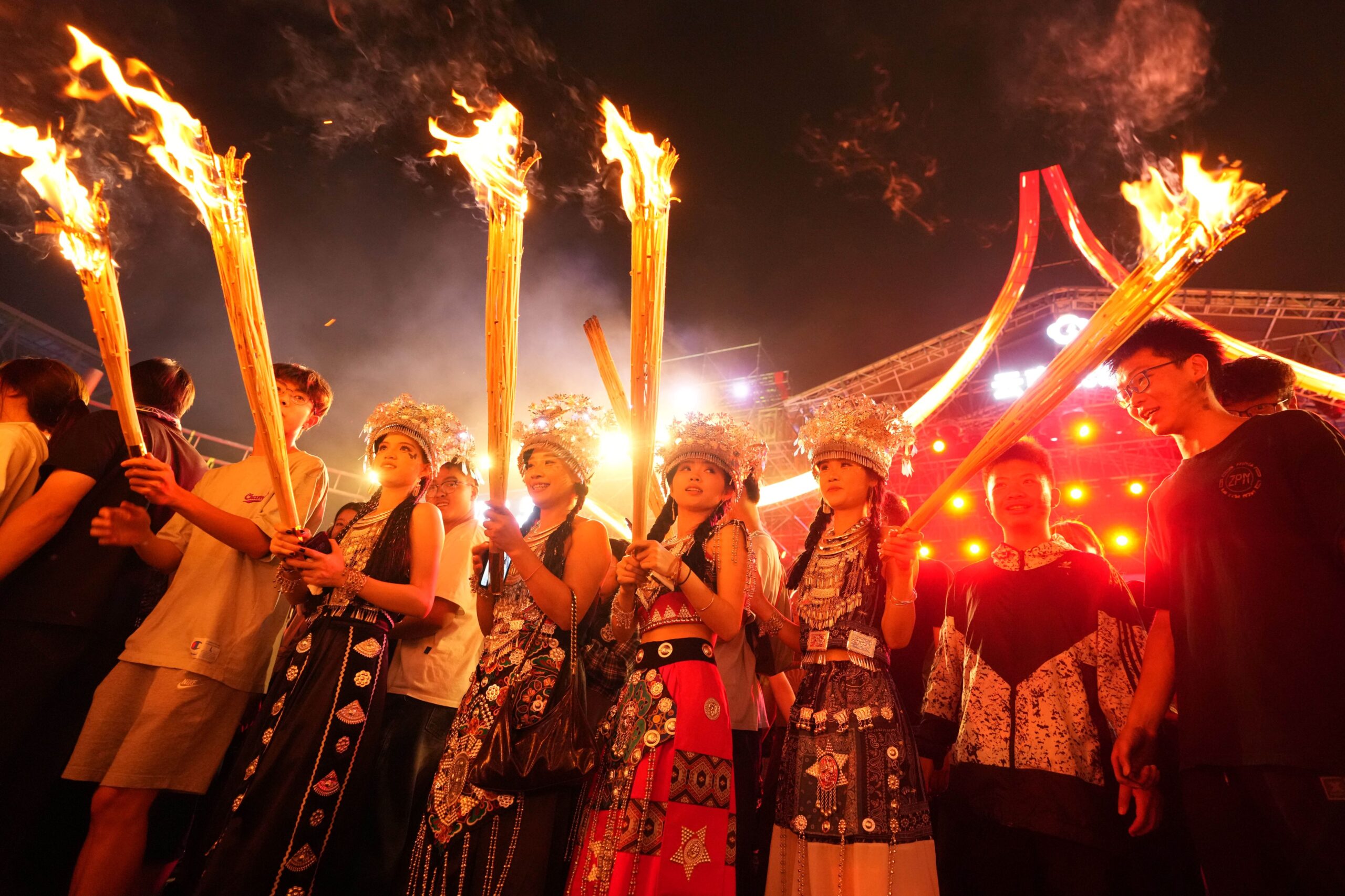A newly published collection of Lin Huiyin’s English letters reveals her voice, cultural insight, and cross-cultural connections in the 1930s.
On July 25, People’s Literature Publishing House announced the release of The Complete Works of Lin Huiyin: English Letters (1935–1940). This volume presents a large collection of Lin Huiyin’s previously unpublished English letters, written between 1935 and 1940. The letters appear in both English and Chinese, accompanied by rare photographs and handwritten pages.
Lin Huiyin was a leading figure in modern Chinese culture—a poet, architectural historian, and one of the founders of China’s modern architectural heritage studies. She played a pivotal role in shaping modern Chinese poetry and academic thought, bridging the realms of literature, architecture, and East-West cultural exchange.
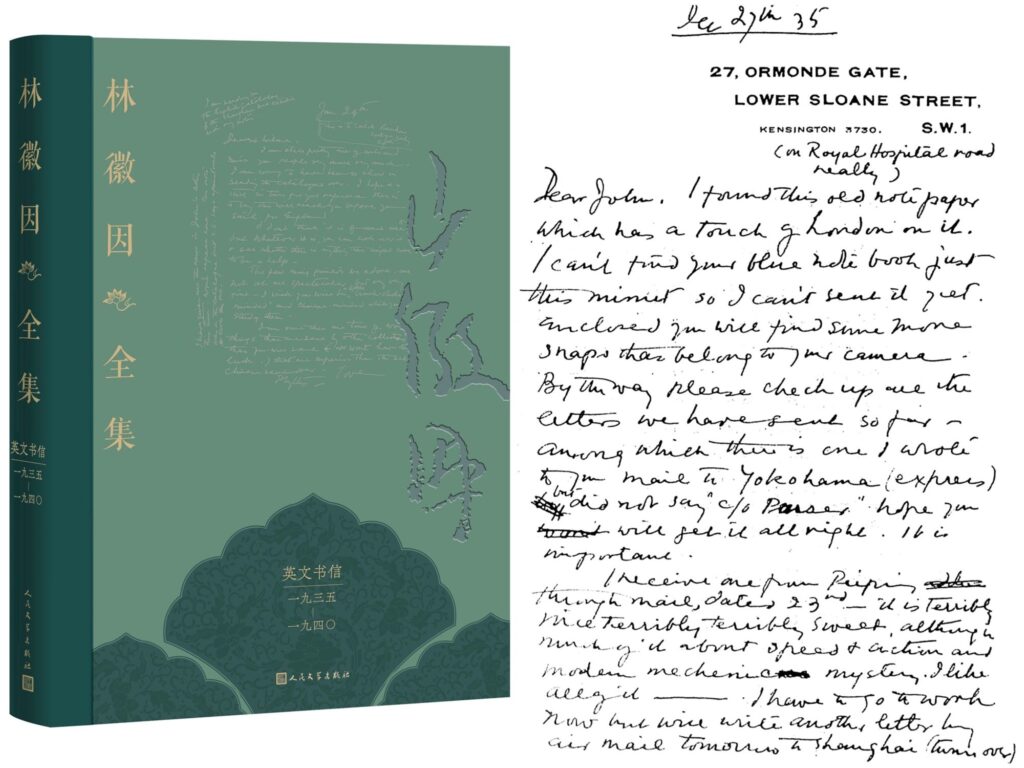
A Personal Voice in a Time of National Crisis
This new collection, annotated and edited by Lin’s granddaughter, Yu Kui, includes letters primarily addressed to American friends Wilma Fairbank and John Fairbank. It also features Lin’s correspondence with Paul Cret, Chair of the Department of Architecture at the University of Pennsylvania. Letters from Liang Sicheng—Lin’s husband—and responses from Cret and others are included as appendices.
The letters offer rich insights into Lin Huiyin’s personal and intellectual life during a turbulent time in China. Readers can follow her thoughts on family, friendship, art, education, and the nation’s fate during the War of Resistance Against Japanese Aggression. The letters reveal how Lin, as a public intellectual, faced historical crisis with clarity, dignity, and grace.
Bridging Cultures: Lin Huiyin and the West
Lin Huiyin also had personal ties to the United Kingdom. During her early travels in Europe, she spent time in London and studied Western classical and Gothic architecture. Her exposure to British architectural heritage deeply influenced her academic and creative work in China. In her letters, she reflects on European culture with both admiration and critical thinking, showing her open-mindedness and scholarly depth.
Most of the letters are handwritten in pen, with a few typed versions. Lin signed each one. Some also contain original English poems that have never been published before. The editorial team carefully transcribed and corrected the text to ensure accuracy while preserving the original voice. With bilingual presentation, the book allows readers to appreciate the nuance and elegance of Lin Huiyin’s English expression.
The volume also features never-before-seen photographs and letter facsimiles. These vivid materials bring to life Lin Huiyin’s friendships and her role in global cultural dialogue. They also offer a rare look at the idealism and courage of China’s intellectuals in the first half of the 20th century.
This collection is more than personal correspondence. It is a historical document that illuminates the thoughts of one of China’s most remarkable women—and the broader story of cultural resilience during a time of national upheaval.
Witten by Chen Wang, Additional reporting by CNS.
If you liked this article why not read: Chinese Literature Showcased at London Book Fair

